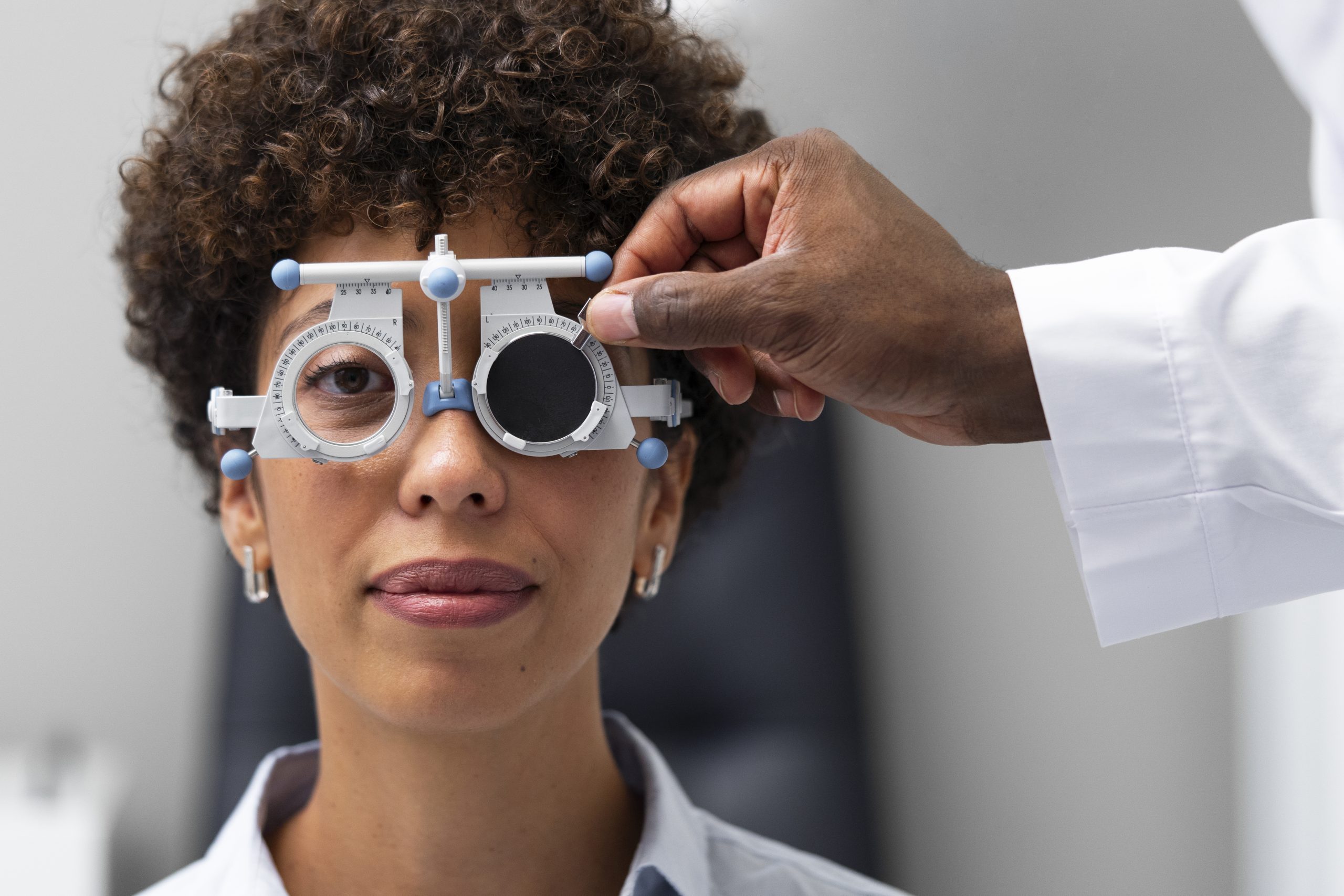When Back Pain Becomes More Than Muscle Strain — What to Do Next
Back pain has a way of sneaking into everyday life ; sometimes after a long day at work, other times after carrying groceries up the stairs. In busy cities like New York, Detroit, and elsewhere, where sitting, commuting, and constant movement are all part of the daily grind, it’s easy to mistake recurring back pain for simple fatigue.
But when that discomfort sticks around, spreads, or begins to interfere with sleep and routine, it’s often a sign of something deeper than overworked muscles. Persistent pain might point to disc problems, nerve compression, or postural imbalances that can’t be stretched away.
Learning to recognize the difference between temporary strain and a developing spine condition can help you take action sooner and prevent it from becoming a chronic issue later. Let’s see how.
When “Just Resting” Isn’t Enough
Most minor back pain stems from overuse or poor posture. It flares up, you take a break, it eases off. But when the pain doesn’t fade or worsens over time, there’s often an underlying structural issue that rest alone can’t fix.
Some warning signs that your back pain may be more than a pulled muscle include:
- Pain that radiates down one or both legs
- Tingling, numbness, or weakness in the limbs
- Persistent stiffness that limits movement
- Discomfort that gets worse at night or after sitting
- Sudden sharp pain after a simple movement (like bending or twisting)
These symptoms can point to herniated discs, pinched nerves, or spinal misalignments — conditions that need more than heat patches and pain relievers.
Common Causes Behind Chronic Back Pain
Back pain is one of those tricky conditions that can come from multiple directions — lifestyle, aging, injuries, and even stress. Understanding the cause is the first step toward lasting relief.
Here are some of the most common culprits:
- Degenerative disc disease: The cushioning discs between your vertebrae wear down over time, leading to pain and stiffness.
- Herniated or bulging discs: When a disc slips out of place, it can press on nearby nerves, causing sharp or radiating pain.
- Spinal stenosis: A narrowing of the spinal canal that compresses nerves, common with aging.
- Sciatica: Pain that travels from the lower back down the legs, caused by nerve irritation.
- Muscle imbalance or poor posture: Over time, weak core muscles and slouching can lead to chronic strain.
For many people, back pain builds gradually — starting as mild discomfort that becomes part of their daily life until it’s impossible to ignore.
Knowing When to See a Specialist
If you’ve tried home care — rest, stretching, gentle movement — and the pain still disrupts your life, it’s time to consult a professional. That doesn’t always mean surgery; in fact, most patients start with imaging and non-surgical care first.
Still, a proper evaluation from an experienced back surgeon in NYC can make all the difference. Specialists at NY Spine understand the complex nature of spinal health — from nerve compression and disc issues to chronic structural pain. They use diagnostic imaging and physical assessments to identify the root cause before recommending treatment.
Their goal isn’t just pain relief — it’s restoring movement, function, and quality of life. Depending on the condition, that may involve physical therapy, minimally invasive procedures, or, in some cases, surgical correction.
The key takeaway: the earlier you identify the real source of your pain, the more options you have to heal without drastic intervention.
When Surgery Might Be the Best Option
If conservative care doesn’t bring relief or the underlying issue is structural — such as a severely herniated disc or spinal instability — surgery might offer the best path forward.
Modern spinal surgery isn’t what it used to be. Advances in minimally invasive techniques have made recovery times shorter and outcomes more predictable. Surgeons can now access the spine with smaller incisions, reducing tissue damage and minimizing scarring.
Procedures like microdiscectomy, spinal fusion, or decompression surgery are performed with precision tools and imaging guidance, making them safer and more effective than ever before.
The main goal? To relieve nerve pressure, stabilize the spine, and give you back the mobility that pain has taken away.
Take Action Before Back Pain Takes Over
Back pain that persists beyond normal healing timeframes deserves professional evaluation. Red flag symptoms including numbness, weakness, bowel or bladder changes, unexplained weight loss, fever, or night pain signal serious conditions requiring immediate attention. These warning signs separate emergencies from situations that need prompt but not urgent care.
Diagnostic imaging like MRI scans, CT scans, or X-rays reveal structural problems invisible to physical examination alone. Blood tests can identify infections or inflammatory conditions. Specialists including orthopedists, neurologists, and pain management physicians offer expertise in complex back conditions. Starting with a primary care physician creates the referral pathway to appropriate specialists based on specific symptoms and findings.
Ignoring persistent back pain hoping it will eventually disappear allows treatable conditions to progress unnecessarily. The body communicates through pain, and chronic back discomfort represents a message worth hearing. Early intervention prevents minor issues from becoming major disabilities. Trust instincts when something feels wrong, seek qualified medical evaluation, and advocate for thorough investigation until answers emerge that explain ongoing symptoms and guide effective treatment.






